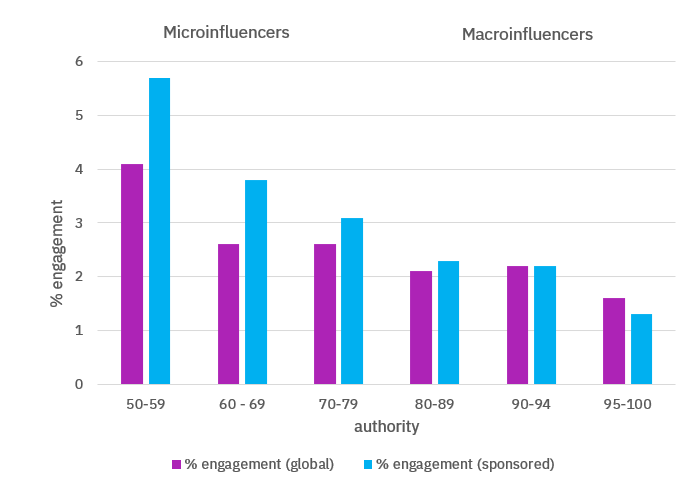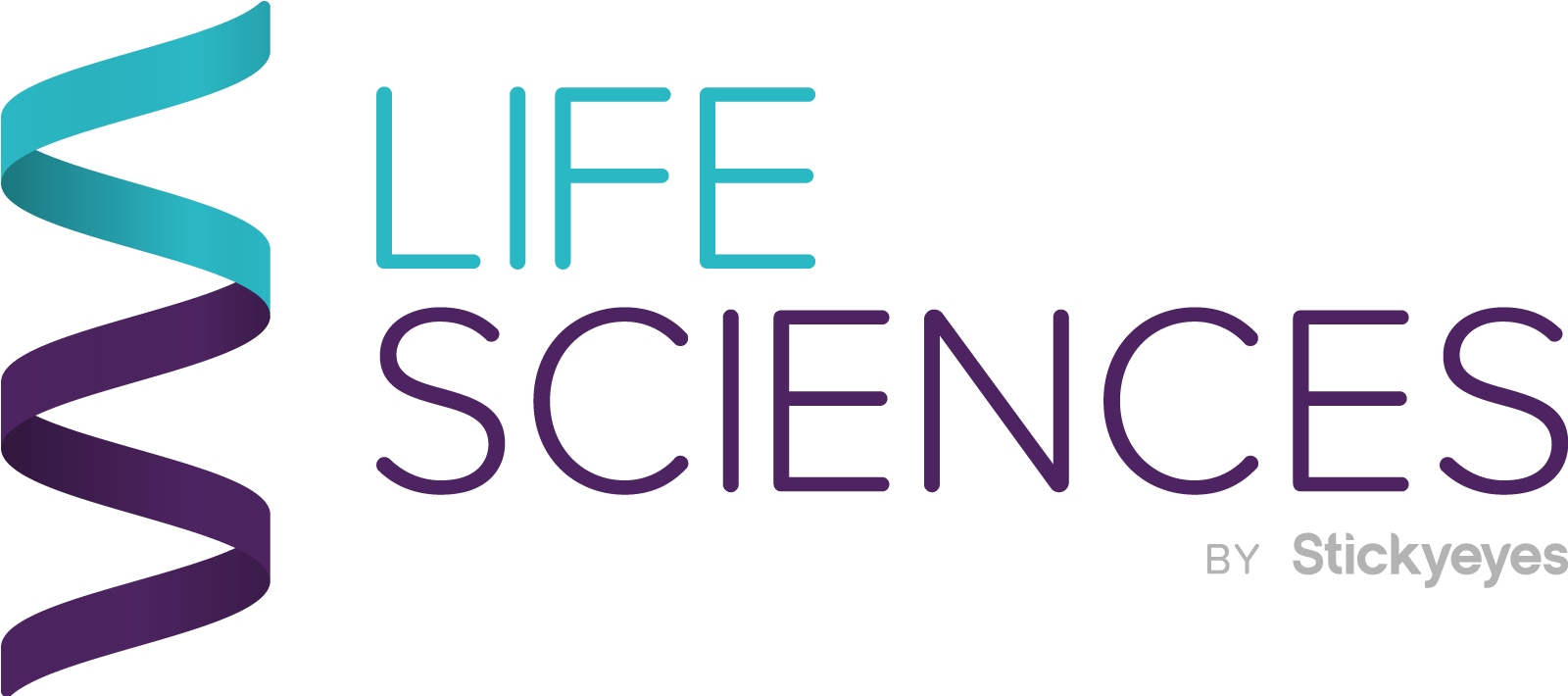
How pharma can harness the influence of Digital Opinion Leaders
In this article you'll learn:
- How Digital Opinion Leaders differ from Key Opinion Leaders
- How to identify Digital Opinion Leaders and assess which are right for your campaign
- How to find the right influencer mix for your marketing or communications objectives
The pharmaceutical industry has enjoyed a long and fruitful relationship with Key Opinion Leaders (KOLs). KOLs are usually an experienced physician or medical expert who can contribute in many meaningful ways to a pharmaceutical organisation’s goals. This could be offering insights during the drug development process, or as part of post-approval activity such as speaking engagements, authoring papers and other awareness raising work.
Digital brings its own opportunities for this type of activity too. Digital Opinion Leaders (DOLs) are individuals who have an engaged, captive audience in a specific subject or therapy area. DOLs could also include academics, researchers, community leaders, patient representatives or publishers. DOLs open the door for pharma brands to work with a wider range of influencers and opinion formers. HCPs and patients are influenced by a wide range of sources, and DOLs offer another route to reach them. DOLs also offer the opportunity to reach younger, more digitally engaged HCPs.
DOLs in a pharma context work very differently to the reality television stars or beauty vlogger influencers one may usually think of. Often a DOL’s audience size may be smaller, more discreet, but often also more targeted and highly engaged. In markets such as the US where direct to patient marketing is permitted, brands occasionally work with influencers with exceptionally high reach such as actress Selma Blair. In more regulated environments, working with DOLs needs careful consideration.
How to identify Digital Opinion Leaders
Using data from a wide variety of sources, including through our tool PinPoint, we’re able to map out audience insights and define interests and influencers. We can then uncover the content matches the audience and where it should be it should be distributed to have maximum impact.
We combine the data provided by tools such as Pinpoint with our rich history in collaboration with influencers. As part of Stickyeyes, we have a ten-year history in working with opinion formers across the globe, and we’re able to bring this expertise to each campaign.
Working with a range of influencers across platforms typically brings the best rewards. DOLs could be influential on social channels such as Twitter, LinkedIn YouTube, or be channel owners themselves - perhaps bloggers, podcast hosts, forum moderators or journal editors.
Finding the right influencer mix
An individual's influence can be built on a range of factors, each of which will bring a different benefit to any campaign – a blend of influencer types is often best for optimum performance.
HCP DOLs tend to fall into one of three categories, but the categories can also be applied to wider pharmaceutical campaigns too:
- Opinion Leaders. Most similar in stature to traditional influencers, these individuals are acknowledged as clinical leaders in their field. If necessary, time should be invested to build their digital profile. These DOLs are usually the most authoritative. This DOL is most like a KOL in a traditional pharma setting.
- Opinion Formers. These individuals typically work on the front line, bringing valuable ‘real world’ experience. They are likely to be digital natives, already making strides to excel in their career. These DOLs are usually have high relevance to their audience.
- Opinion Sharers. Actively engaged in conversations, these individuals often feel passionately about their chosen field. Their views are likely to reach their friends and colleagues. These DOLs have the most relatability to their audience.
Geographical differences around channel use may also be a consideration for campaigns that span multiple territories. Our tools can give us insights into the right channels and platforms to identify the right DOLs. Neighbouring European countries have dramatically different levels of Twitter penetration, for example, with the UK and Spain purporting 25% and 15% addressable audience respectively, in comparison to France (10%), Germany (5%) and Italy (4%). (WAS).
Which Digital Opinion Leaders are right for you?
When identifying DOLs, we keep marketing or communications objectives front of mind, and then factor in the below criteria to help build a shortlist of potential partners:
- Brand safety. This is essentially due diligence. Brand safety is always front of mind when we shortlist influencers. This involves manual, qualitative checks of a DOL’s digital activity to spot any red flags or issues. This might involve poor quality posts, incorrect #ad labelling or, if important to the client, whether they have worked with a competitor brand.
- Authenticity. Does the influencer have genuine authority within their sphere? What are their credentials? Does the type of engagement they receive provide an indication of high status?
- Alignment. We look at alignment in two ways. Firstly, the DOL’s brand - the DOL’s image must complement the brand and the campaign. Secondly, the DOL’s audience: the DOL’s audience must demonstrate overlap between brand audience and following. Many DOLs will be able to provide insights to assess their alignment. This may be through platform insights into their audience and community or insights based on engagement, 1-1 communications with audiences and offline activity.
- Engagement. What is the average volume of engagement and types of engagement across social channels and website?
- Reach. How popular is the DOL across social platforms? What is the site traffic to their website? For top tier influencers, it may be possible to audit and assess their own visibility in search results.
You’ll notice that reach – or rather, popularity, is lowest on the list. Influence in a wider marketing context is often mistaken for popularity. Influence and popularity are of course, two very different things. When identifying DOLs, we need to consider the influencers who are right for your campaign objectives – and that might not always be about large reach.
Further, in some cases reach can be bought. The content influencers create and post on their own channels can be included in paid media campaigns, by boosting their content to your target audience.
Micro influencers are dominating the DOL landscape. In 2019, 90% of all branded partnerships were with micro influencers (Klear). Working with micro influencer can be more effective in generating engagement and affecting behaviour change, with research from Klear demonstrating micro influencers can generate more than double the engagement of macro influencers:

Working with DOLs in highly regulated markets
Not only is it important to identify the right DOLs for your organisation, campaign and objectives, but in pharma it also important to layer in checks to ensure any content is compliant.
Content will need to be compliant with both the pharmacological regulations in your region, but also the regulations of any social media network chosen as part of the campaign. We work with brands to help navigate this landscape to understand where the opportunities lie.
We’ve developed robust methodologies to align pharmaceutical brands with DOLs for marketing and communications campaigns. Following these process allows our pharma clients to find the right mix of DOLs and foster successful partnerships that benefit everyone.
- To find out more about our approach to using Digital Opinion Leaders for your marketing or communications objectives, or if you’d like to get in touch – drop as a line at lifesciences@stickyeyes.com. We’d love to hear from you.









